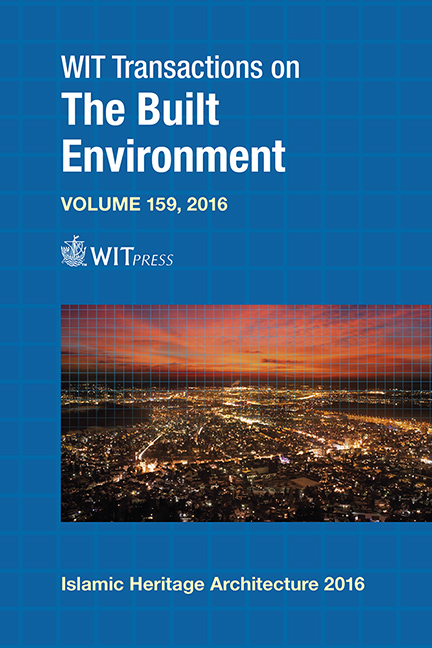Encountering Globalisation: The Work Of Sulaiman Esa From The 1950s To 2011
Price
Free (open access)
Transaction
Volume
159
Pages
12
Page Range
23 - 34
Published
2016
Size
2,144 kb
Paper DOI
10.2495/IHA160031
Copyright
WIT Press
Author(s)
K. Sanusi
Abstract
When writing about globalisation, most Asian scholars rarely fail to highlight its three inherent threats. First, its homogenising impact on non-Western culture. Second, the instantaneous global reach in communications due to technological advancement. Third, the worldwide market-driven economy which facilitates the commodification of art. Many believe that globalisation in the new millennium is increasingly pervasive and subtle in instilling Western values in non-Western countries, resulting in many conflicts. Contrary to the negative perceptions of globalisation, Sulaiman Esa, an established Malaysian artist, sees its potential for positive action. This paper has three objectives: first, to discuss the debates on the positive and negative aspects of global issues; second, to analyse Esa’s dialectical involvement in responding to global challenges; third and finally, to delve into the significance of his work in the development of contemporary Malaysian art. This study is guided by both formal and informal interviews, reviews of pertinent documents, and observation. The study finds that Sulaiman Esa strikes a symbiotic balance between globalisation and his own cultural heritage, drawing on Islamic spirituality, to develop an alternative paradigm, in the development of contemporary Islamic art in the Southeast Asian region.
Keywords
Malay Islamic art, globalisation, homogenisation, asserting identity, symbiotic balance, contemporary Islamic art




